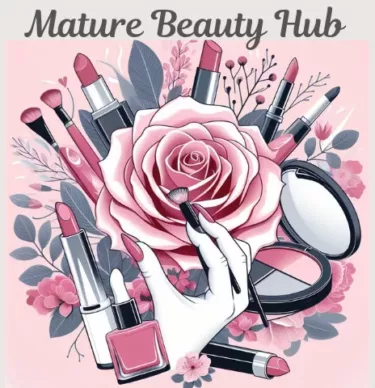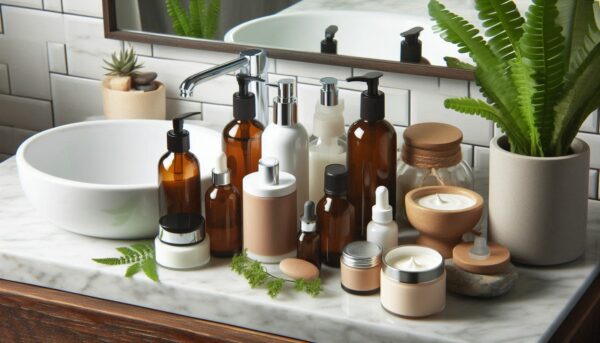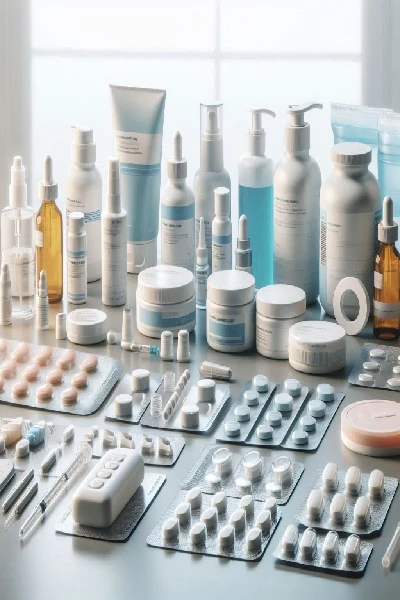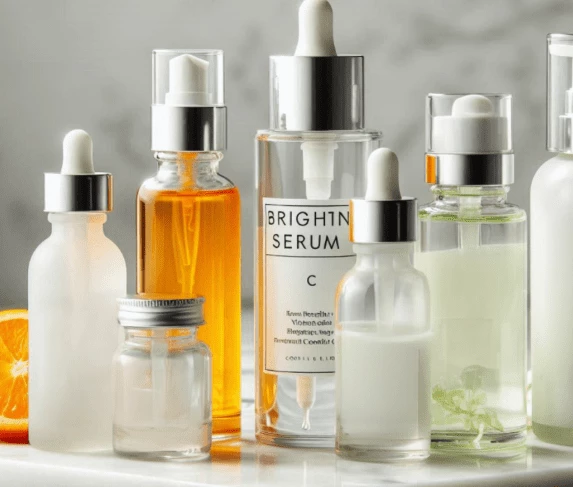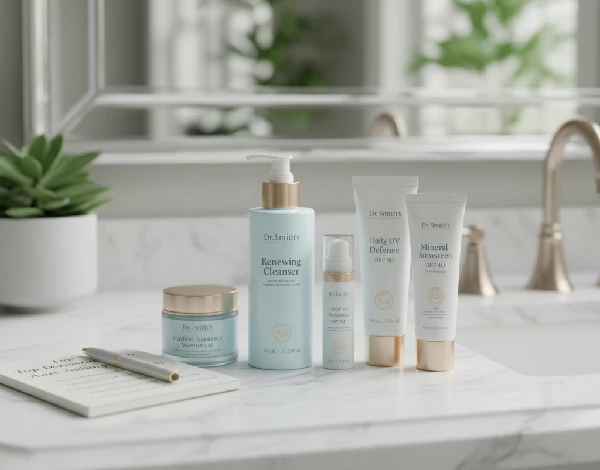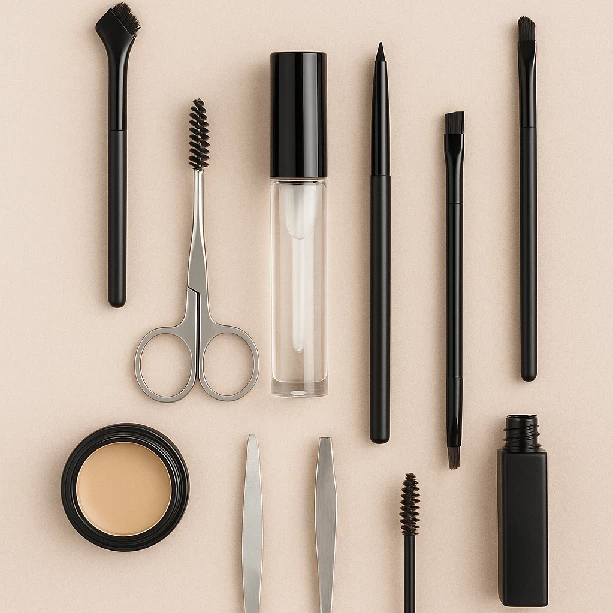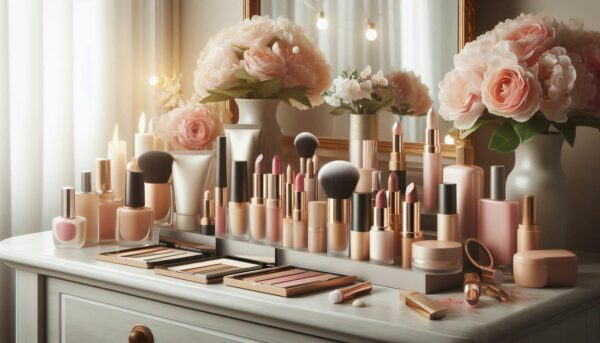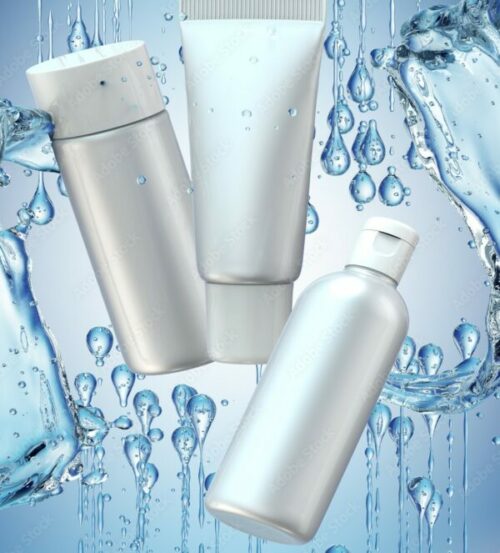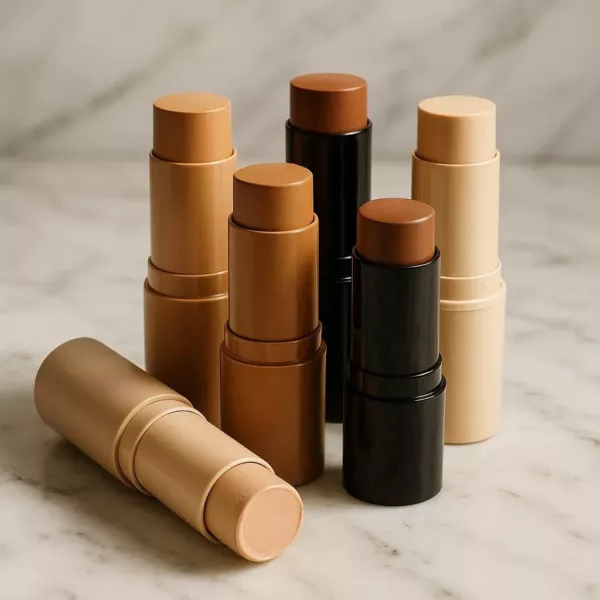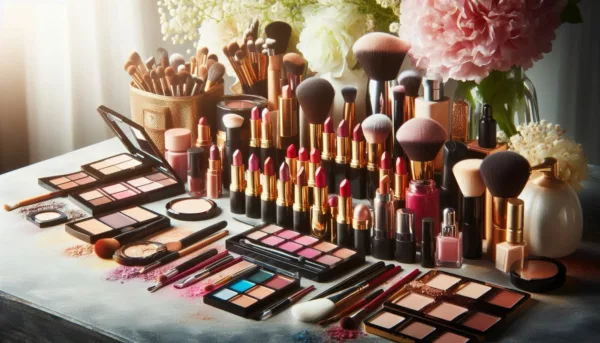Kicking off a skin regimen can seem overwhelming, but the basics are your best friend. The cornerstone of any routine? Cleansing, toning, and moisturizing. These three steps keep it simple, giving your skin the love it deserves without going overboard.
Cleansing is all about removing dirt, oil, and makeup. But it’s not just about using soap. Picking a cleanser that suits your skin type—whether oily, dry, or combination—can make a world of difference. Dermatologists recommend gel-based cleansers for oily skin and cream-based ones for those with dry skin.
Toning might feel like an extra step, but believe me, it’s the unsung hero. Toners balance your skin’s pH and prep your face for the goodness coming from your moisturizers. Look for alcohol-free versions to keep dryness at bay. My favorite toner is Clarins Hydrating Toning Lotion. It smells great and does not dry out my skin.
Now, moisturizing isn’t just slapping on some lotion. It’s about locking in hydration. Whether you’re a fan of lightweight, mattifying gels or rich, nourishing creams, pick what makes your skin feel comfortable and hydrated. My first step in hydration, is spraying on d’alba Piedmont Italian White Truffle First Spray Serum. My next step is the lotion. I live in a colder climate so in the winter, I use a thicker cream moisturizer such as LANEIGE Water Bank Blue Hyaluronic Cream Moisturizer. In the warmer months, I use I Dew Care Hydra Vibes 8-Hyaluroinc Acid Moisturizer.
People often ask, ‘What age is too late to start skincare?’ Honestly, there’s no deadline. It’s never too late to begin. Every bit of care counts, whether you’re 20 or 60. The sooner you start, the more benefits you’ll see, but don’t worry if you’re just getting into it later.
Balancing a skincare budget is crucial too. You don’t have to break the bank to look after your skin. Drugstore brands often have fantastic options that do the job well. It’s all about the right ingredients, not the price tag. There is and ingredient in moisturizers that I avoid. It is Niacinamide. This ingredient is in many moisturizing products and it very hydrating if your skin can tolerate it. My skin cannot. I always breakout when using products that contain niacinamide. I always make sure to check the ingredients before purchasing and using.
Mastering Techniques and Trends: The 1% Rule and 7 Skin Method
Ever notice how some ingredients pack a punch even at low percentages? That’s where the 1% rule in skincare steps in. This little nugget of wisdom highlights how certain potent active ingredients should be used around 1% in concentration to be effective yet safe. Think of retinol or glycolic acid—they’re the big guns, so a tiny bit goes a long way.
There’s this trend that’s captured the beauty world: the 7 skin method. It sounds fancy, but it’s super straightforward. The idea is to layer a hydrating toner or essence up to seven times. It’s a K-beauty favorite, and folks love it for giving that glass-skin look—hydrated, plump, and glowing.
K-beauty isn’t just about stacking products mindlessly, though. The layering is intentional, maximizing benefits without overwhelming your skin. It’s about listening to what your skin needs—flexibility is key. Some nights, 7 layers might be just right, while other times, maybe 2 will do the trick.
Now, a word of caution—more isn’t always better. If a product’s laddering up, it might be overload. Skin can lose its cool when too much is thrown at it. Watch out for signs your skin’s stressed out—redness or breakouts can signal it’s time to dial back.
Personalization and Consistency: Tailoring Your Routine for Long-Term Results
Ever feel like your skin doesn’t get along with every product out there? That’s where personalization steps in. Think of your skincare routine as a custom-fit suit tailored just for you. It’s about finding products that cater to what your skin truly needs—be it acne control, hydration, or sun protection.
Consistency isn’t just about sticking to a routine—it’s about setting a skincare foundation that pays off over time. Even the best products won’t work magic overnight. It’s like going to the gym; regularity helps you see and feel the difference.
Some folks wonder, ‘When should I start adding anti-aging or corrective products?’ Keeping it simple from the start and gradually adding more targeted products as your skin evolves is usually the way to go. It’s about reading the signs of your skin and responding accordingly.
Integrating advanced treatments can seem daunting, but it doesn’t have to be a leap. Introducing serums with active ingredients slowly into your routine can be beneficial without causing a riot on your face. Always patch-test new products to steer clear of unexpected reactions.
Skincare isn’t one-size-fits-all, and that’s where finding your style comes in. Maybe you’re a minimalist, sticking to essential products; maybe you’re all about the latest trends and enjoy an elaborate routine. Whatever floats your boat, it should be about making you feel good and confident in your skin.
Aging is a privilege—but glowing, healthy skin at any age is totally achievable.
**For links to the products that I mentioned, please see my favorite products page.
